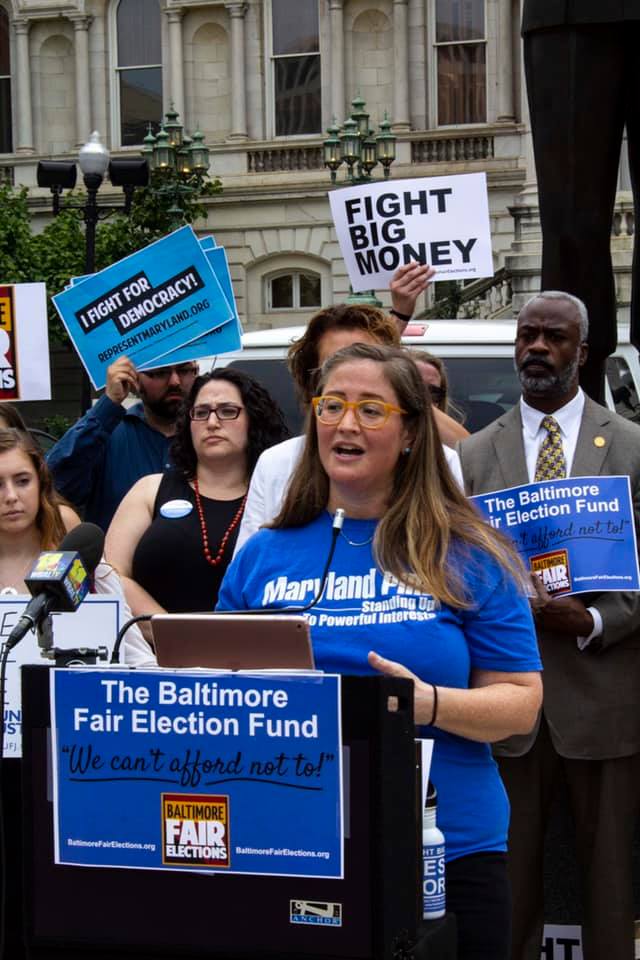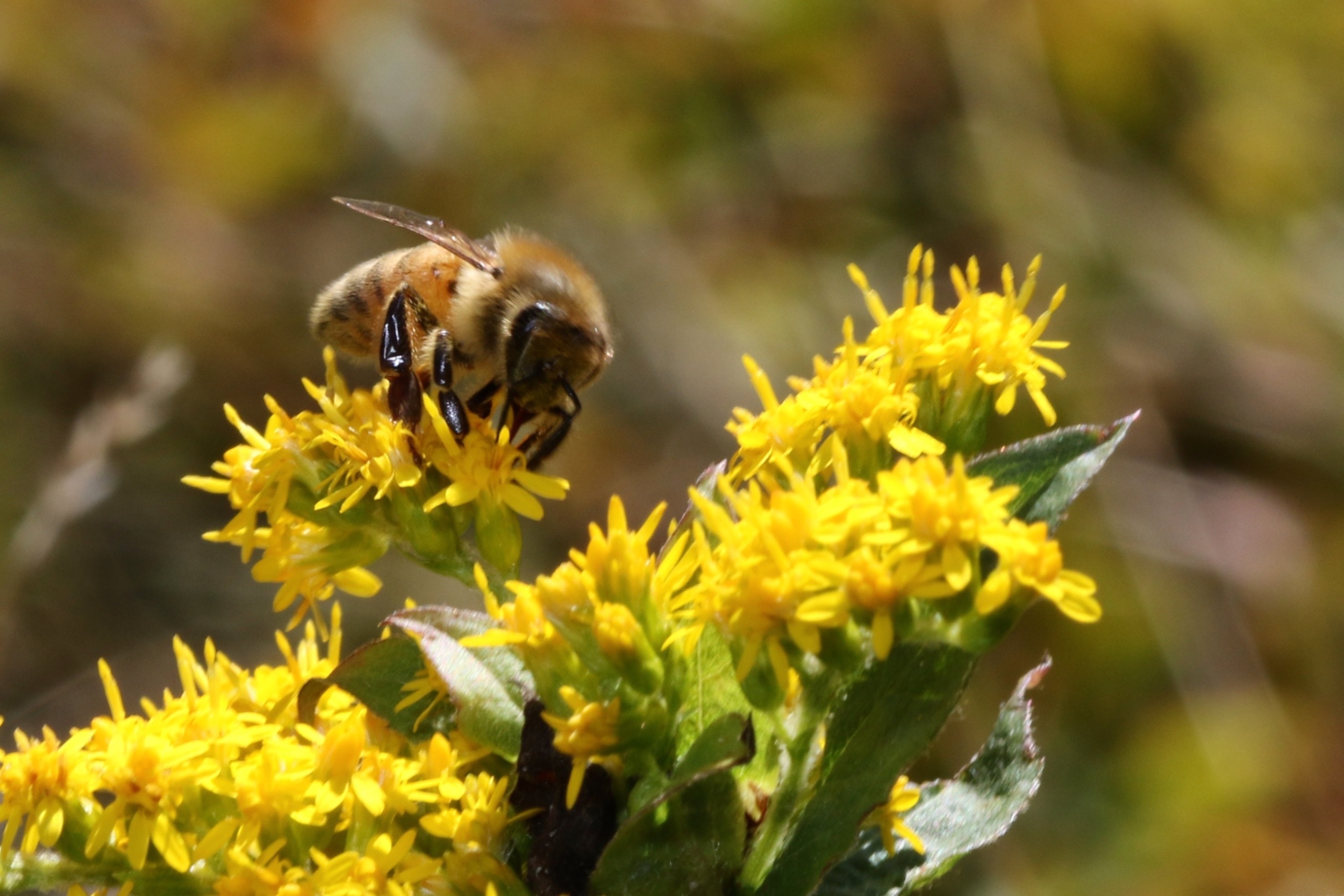
Testimony: Ban Chlorpyrifos
SB 300 HB229 – Pesticides – Use of Chlorpyrifos – Prohibition
FAVORABLE
It is time to ban chlorpyrifos in Maryland. Chlorpyrifos is an insecticide that is widely used in agriculture throughout the United States, including spraying 24,000 kilograms every year in Maryland.
In 2016, the EPA found that infants, children, young girls and women are exposed to dangerous levels of chlorpyrifos through the food they eat, and that children eat up to 140 times the safety limit throughout their lifetimes.
Even low-level exposure can cause developmental delays, brain damage and behavioral problems in children. This insecticide belongs to a class of chemicals called organophosphates, which includes now outlawed chemicals like sarin gas that were used in WWI as neurotoxins. While chlorpyrifos is most harmful to developing humans, people of all ages can suffer from nausea, dizziness, and convulsions from acute exposure. Evidence of these harmful effects were witnessed in California in 2017, when several workers were hospitalized from exposure and dozens more sought medical attention.
Not only is chlorpyrifos threatening public health, it’s also damaging our environment and wildlife, putting more than 1,500 species of plants and animals at risk.
Despite evidence of detrimental effects on our health and environment, agricultural use of chlorpyrifos is still commonly practiced. According to the USDA, chlorpyrifos is used on common crops that families consume daily, such as wheat, apples, broccoli, corn, citrus fruits, strawberries, and more. USDA’s Pesticide Data Program reports chlorpyrifos residues on produce even after being washed and peeled.
A 2012 study at the University of California at Berkeley found that the chemical’s widespread agricultural use has caused it to leach into our water sources, and reported that 87 percent of umbilical-cord blood samples from newborn babies studied contained detectable levels of chlorpyrifos. Chlorpyrifos does not just stay on the farm or on produce—it gets into our water and into our bodies.
In November 2016, EPA scientists reported that residues of chlorpyrifos on food crops exceed the federal safety standards for pesticides and that there are no safe uses for the pesticide. Despite the report from EPA scientists, the EPA has since refused to act. Maryland must step in to protect its citizens.
“EPA’s own scientists say chlorpyrifos is not safe,” stated Attorney General Frosh, in a statement from 2017. Our Attorney General was worried we were giving the green light to a “chemical that jeopardize[s] the health of infants, children and pregnant women.”
It’s 2020 — we have better methods to grow the food we need. Toxic pesticides that can end up in our bodies and threaten our health should be banned.
Maryland PIRG, Environment Maryland and our members urge a favorable report.
Topics
Authors
Emily Scarr
State Director, Maryland PIRG; Director, Stop Toxic PFAS Campaign, PIRG
Emily directs strategy, organizational development, research, communications and legislative advocacy for Maryland PIRG. Emily has helped win small donor public financing in Baltimore City, Baltimore County, Howard County, Montgomery County, and Prince George's County. She has played a key role in establishing new state laws to to protect public health by restricting the use of antibiotics on Maryland farms, require testing for lead in school drinking water and restrict the use of toxic flame retardant and PFAS chemicals. Emily also serves on the Executive Committees of the Maryland Fair Elections Coalition and the Maryland Campaign to Keep Antibiotics Working. Emily lives in Baltimore City with her husband, kids, and dog.
Find Out More

Guide to planting a pollinator-friendly garden

Green schools guide

Save the Bees Web-Bee-Nar

